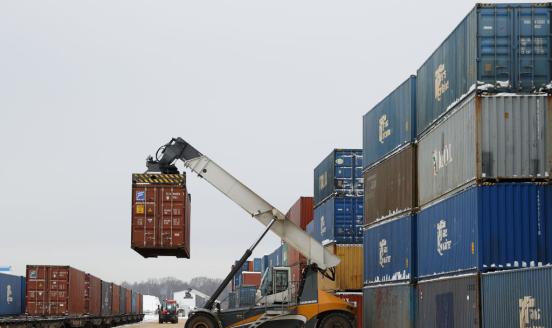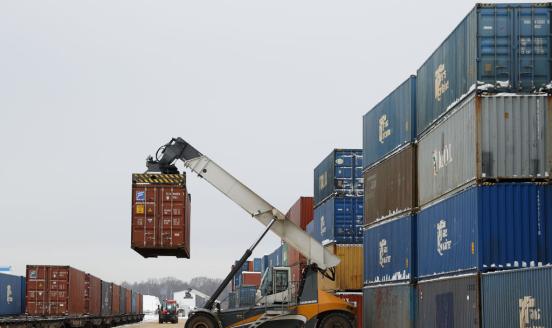Managing 50 years of Troika debt repayments
Europe faces a delicate long-term balancing act to reconcile the interests of creditors and debtors. History will reward generosity.
This opinion was published in Les Echos and Handelsblatt.
The European Union and International Monetary Fund have disbursed financial assistance of unprecedented scale to euro-area countries hit hard by the economic and financial crisis: €215 billion to Greece, €70.6 billion to Portugal, €66.7 billion to Ireland and it will be €10 billon to Cyprus. The financial assistance programmes are run by the so-called Troika of the IMF, European Commission and European Central Bank, and have come with drastic conditions attached, making the Troika probably one of the most hated institutions in Europe. The political desire to exit from their programmes is correspondingly large. Given the size of the credit and maturity of loans, relations with creditors will last for long. Generosity, support and the right symbols will matter hugely for the success of the post-programme period.
In December of last year, Ireland was able to exit its programme. But this was only possible with a helping hand. European lenders lengthened the maturity of credit to Ireland to more than 20 years on average and provided an issuance window of ten years, during which Ireland will not have to service interest. In Portugal, a similar deal was struck, while in Greece the average maturity was even extended beyond 30 years and there is a discussion about whether to increase it to 50 years.
It is so far unclear if Portugal and Greece will be able to follow the Irish example and exit their programmes. What is clear, however, is that all three countries have entered a relationship with their official creditors that will last for 30 years and more. Managing this long-term creditor-debtor relationship will be one of the key challenges for EU economic policymaking in the coming decades. Given the extraordinary size of the loans, the political and economic stakes are high.
The primary emphasis in the next few decades will have to be on creating growth and jobs. To maintain debt sustainability, Greece and Portugal will need to boost their growth rates. Citizens will need to see not only a stabilisation of the economic situation, but also that new opportunities are being created. Young people in particular will need to see that the next 30 years are not just about servicing debt to European and international partners. They will need to see real opportunities.
The EU’s legal framework foresees that the European Commission in liaison with the ECB will monitor through twice yearly review missions the debtor country’s progress on reform and compliance with deficit rules. This post-programme surveillance also requires that the country reports more frequently and in more detail until 75 percent of the loan is repaid. A somewhat similar mechanism exists for IMF financial assistance but, de facto, the monitoring is often reduced to the standard yearly review missions that the IMF conducts with all of its members.
The review missions should be increasingly turned into technical support missions that will help the countries concerned to improve their economic fundamentals. It will be in the interest of creditors to move away from the current image of the Troika. The European Commission should again be seen as a partner of each country and its citizens in their quest for new prosperity. A Greek citizen born in 2000 will be thirty years old by 2030. He or she should be able to see the benefits of being a member of the European Union. For that, growth and jobs will be needed and the debt burden should not suffocate the economy. But domestic reform will also have to continue and the European partners will need to continue to insist on this in the face of powerful vested interests. Europe faces a delicate long-term balancing act to reconcile the interests of creditors and debtors. History will reward generosity.



